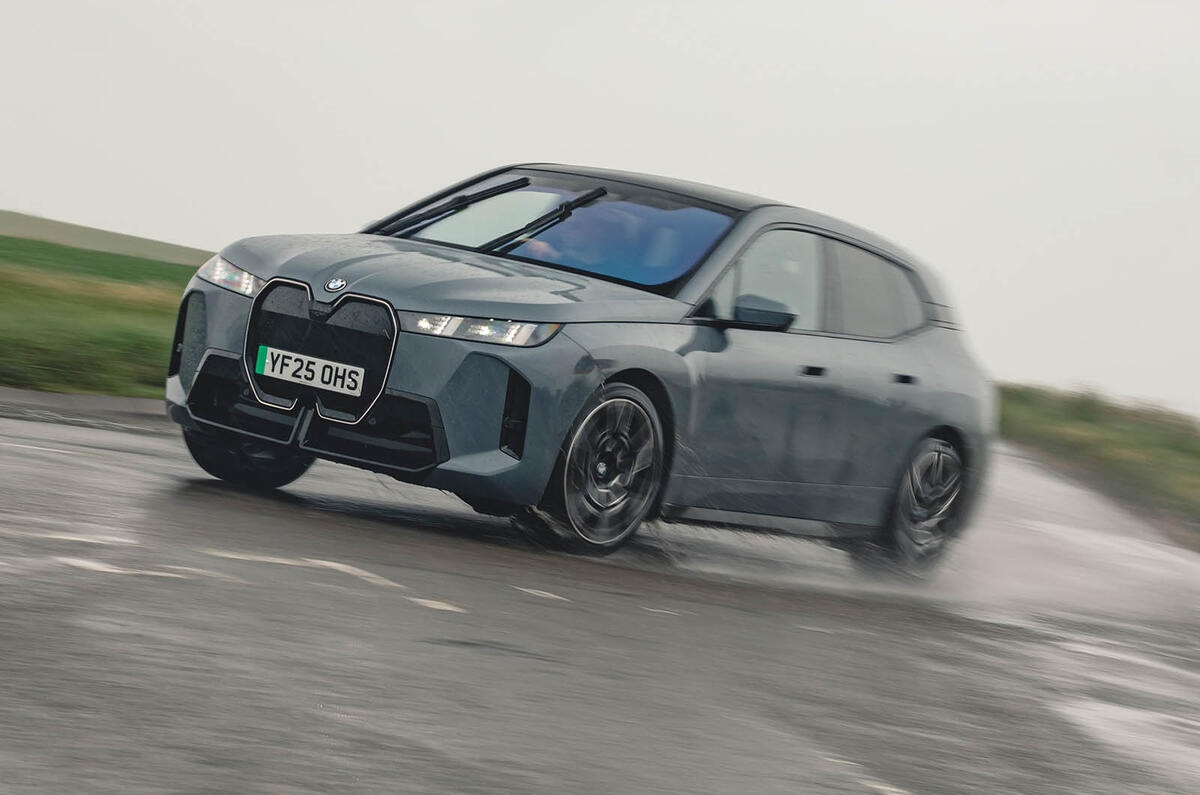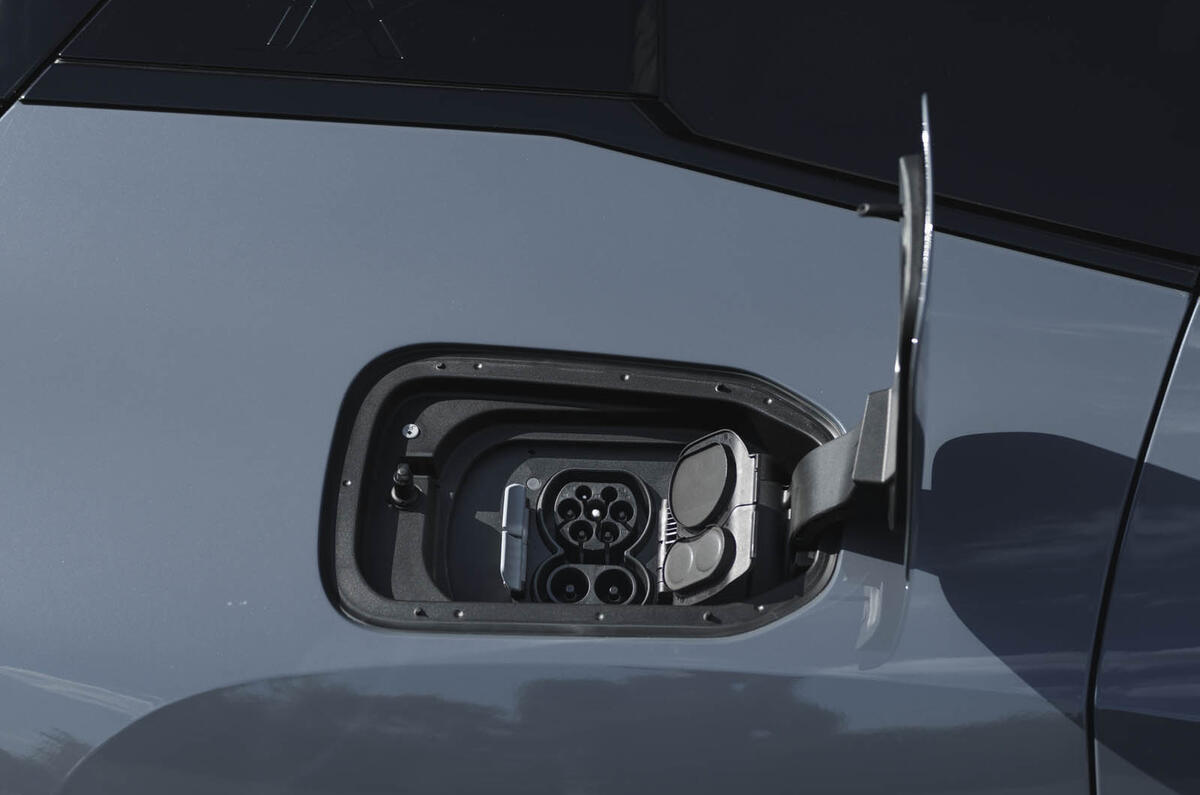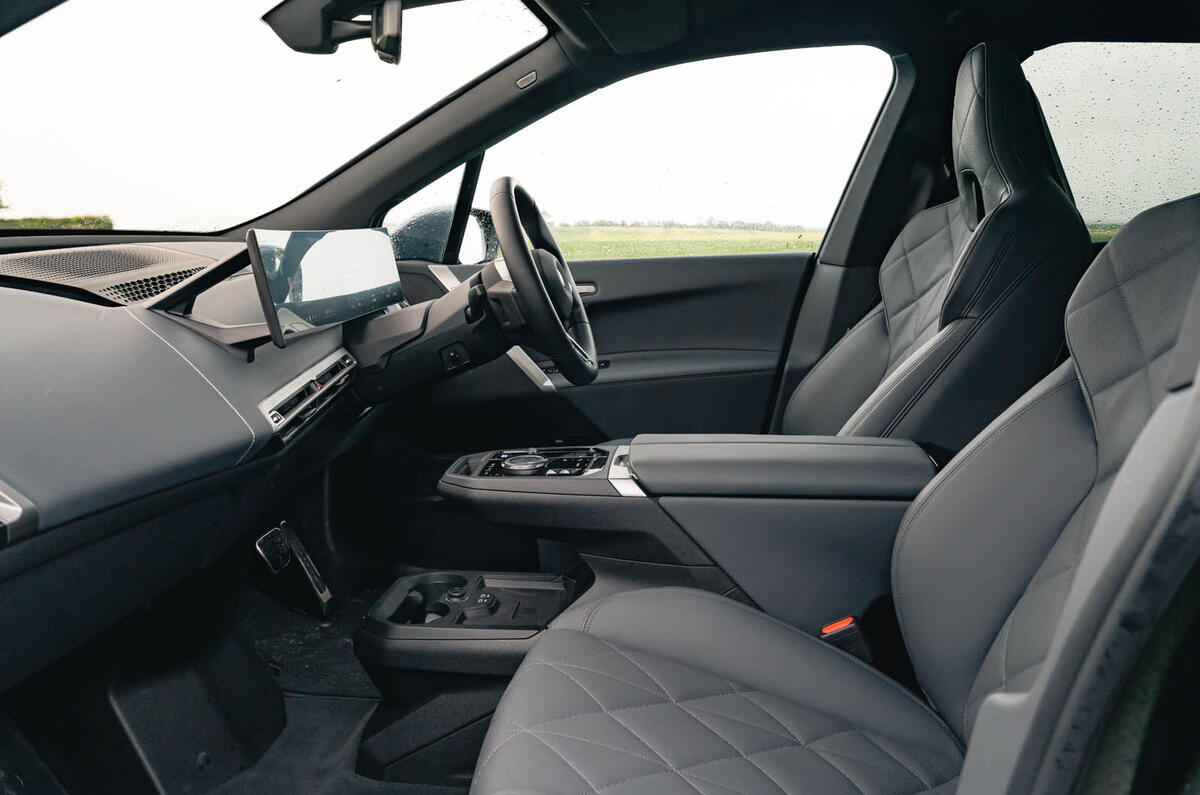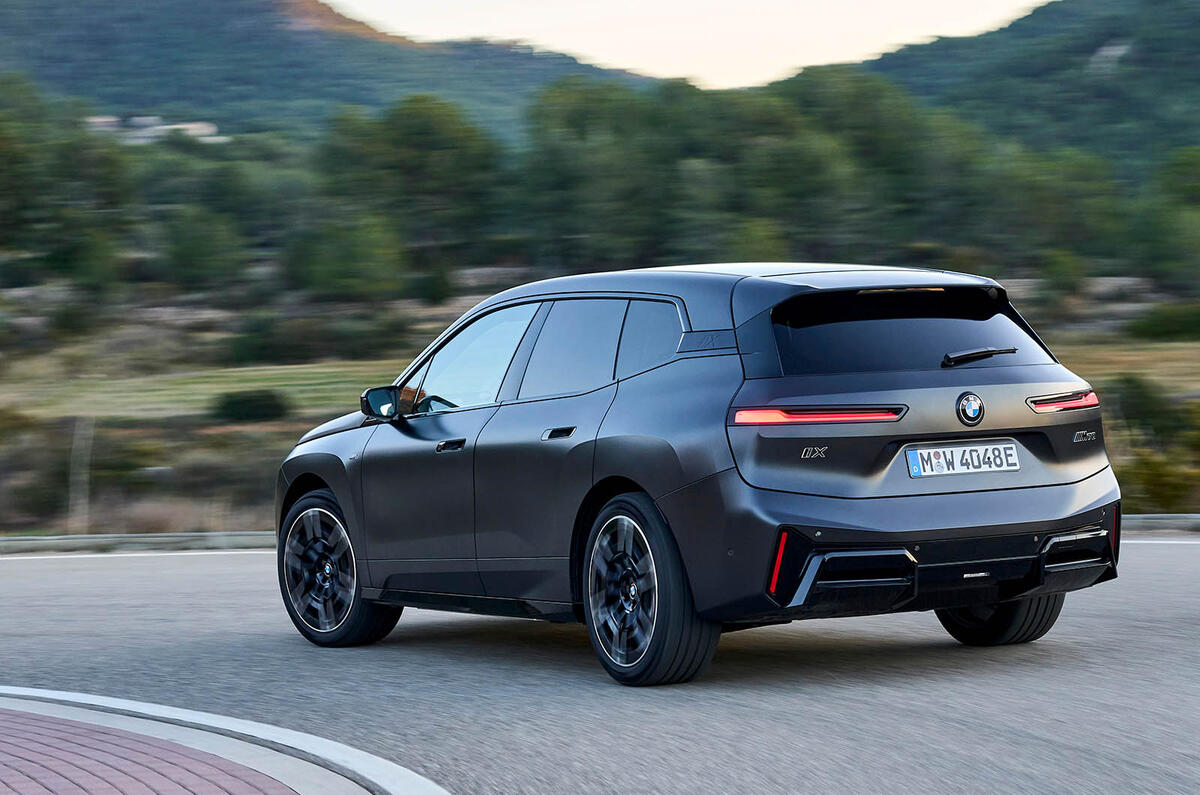Despite BMW having gone on to produce bigger, better-selling and longer-range EVs, there is still plenty of love for its first mass-produced one, the i3 – and no small amount of lament that Munich has largely moved away from the i3’s avant-garde construction.
Arguably the i3’s closest descendant in the current range is the BMW iX, which has just received a major model-year update.
Until the ‘Neue Klasse’ iX3 arrives, all other electric BMWs are twinned with a piston-powered version, sharing the same platform, body and packaging. The iX is the only stand-alone EV, which lets it go a little bit off-menu. Instead of just using steel and aluminium, it has a carbonfibre-reinforced plastic (CFRP) passenger cell, and because the bonnet doesn’t have to house an engine, it can be shorter and leave more of the car’s considerable length for passengers.
That all sounds quite BMW i3, doesn’t it? With a bit of imagination, the iX looks like an i3 too, albeit a puffed-up one. Those looks caused a bit of a stir when the iX was launched in 2022, but its qualities as a luxury EV were beyond doubt. Three years later, BMW’s flagship has been updated with more range but largely unaltered styling. Can it still keep up?
We’ve run the numbers on the longest-range iX xDrive60, but this review also discusses the cheaper xDrive 45 and the high-performance M70.
New BMW iX cars in stock































































